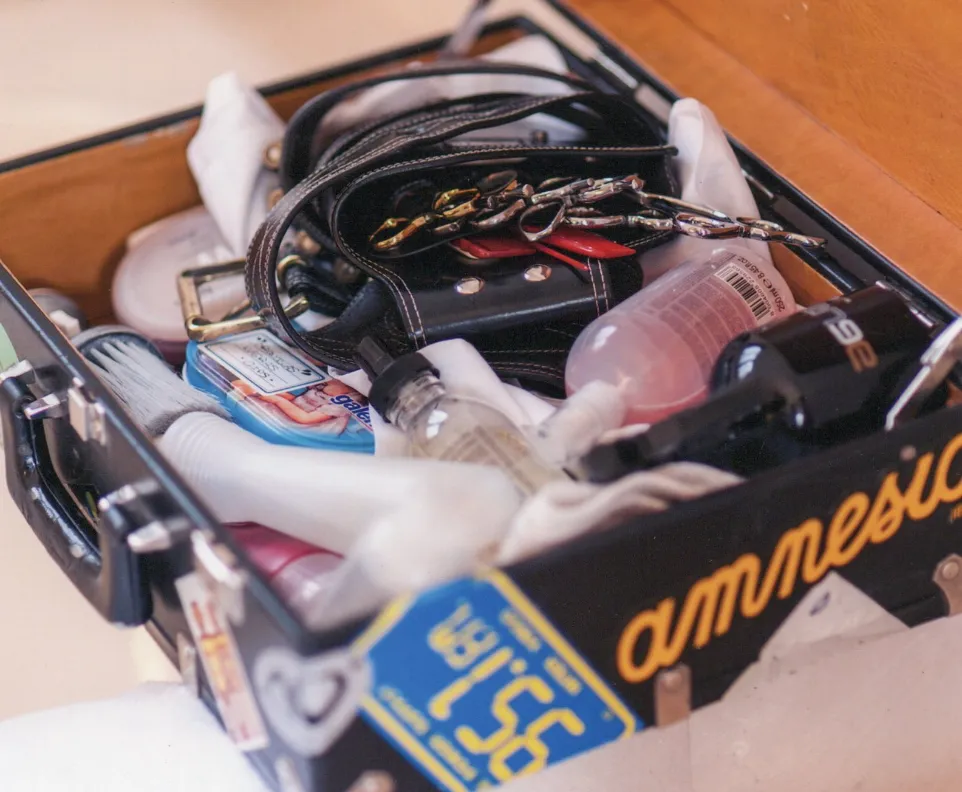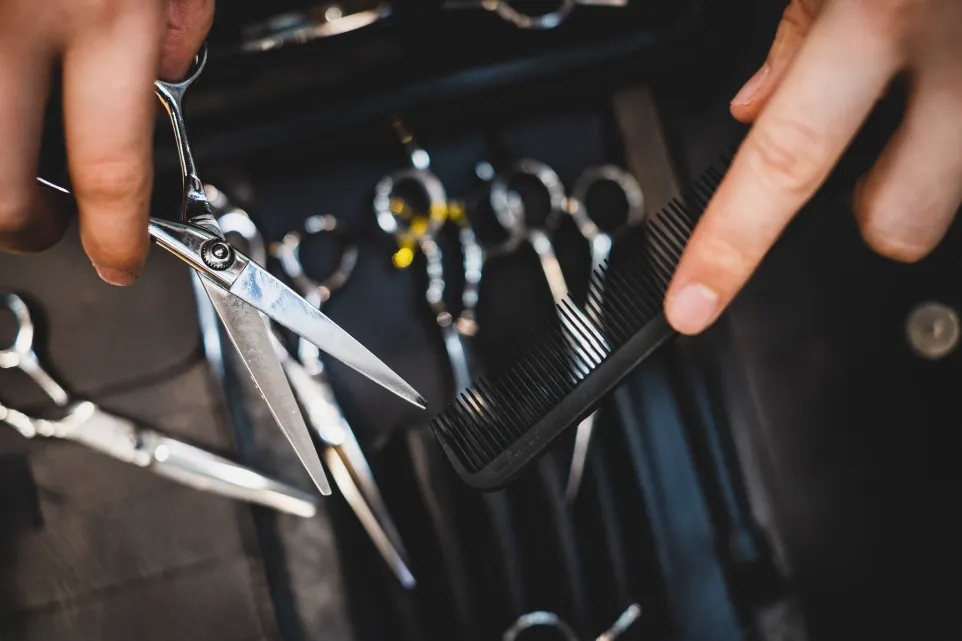Natural Hair Color
Hair Care Tips and Techniques

Ensure a Safe Transition to Your Natural Hair Color. Transitioning to natural hair is a process that must be approached with delicacy and care, taking into account the current state of your hair. If your hair has been subjected to dyes, bleaching, or highlights, it is essential to evaluate the difference between the texture and condition of your natural hair and the processed portions. This analysis will allow you to select the most suitable technique to achieve a harmonious and healthy transition.
Key Points:
- Patience and Consistency: The process demands patience; as natural hair grows, processed sections gradually fade without the need for drastic cuts.
- Deep Hydration: Use masks and nourishing treatments to add vitality and softness.
- Avoid Excessive Heat: Minimize the use of heat styling tools to preserve hair health and prevent breakage.
- Sleep Protection: Use satin pillowcases or special caps to minimize friction while sleeping.
- Scalp Health: Keep your scalp clean and healthy to encourage optimal hair growth.
How to Prevent Hair Loss

Hair, more than just a simple aesthetic feature, is a true reflection of our overall health. When it starts falling out excessively, it acts as a warning sign that something is not right in our body. The causes can be diverse: poor nutrition, prolonged stress, a sedentary lifestyle, sleep disorders, among other factors.
Steps to Prevent Hair Loss:
- Consult a Specialist: Seek advice from a dermatologist or trichologist to evaluate your situation and rule out underlying conditions.
- Proper Nutrition: Consume foods rich in essential vitamins and minerals, such as iron, zinc, and biotin, to support hair health.
- Manage Stress: Incorporate relaxing activities like yoga, meditation, or leisure time into your daily routine.
- Protect Your Hair: Avoid the excessive use of harsh chemical products and tight hairstyles that can weaken hair fibers.
- Prioritize Rest: Ensure sufficient sleep for the body to regenerate and maintain healthy hair.
- Regular Exercise: Physical activity improves blood circulation, including in the scalp, enhancing nourishment to hair follicles.
Protect Your Hair from Heat or Sun Damage

Proper hair care in the face of sun and heat exposure largely depends on your hair type, whether natural or chemically treated. Although the sun itself does not represent a significant risk, avoiding excessively prolonged and intense exposure is key. Over time, solar radiation can negatively affect the hair fiber, causing loss of hydration, shine, or even structural alterations.
Protection Tips:
- Shield from Sea Salt: When exposed to sea salt and sunlight, hair can be more vulnerable; a hat or scarf serves as a physical barrier against direct exposure.
- Control Heat Styling: Ensure that devices like hair dryers, curling irons, or flat irons are used at temperatures suited to your hair type. Professional guidance is advised to avoid unnecessary damage.
How to Make Your Hair Grow Faster

For more than three decades, I have followed a method passed down by a knowledgeable mentor. This system, based on natural principles rather than superstition, involves cutting the hair once a month during the waxing phase of the moon, trimming between three and four millimeters. This ritual not only promotes faster growth but also enhances hair strength.
Why It Works:
- Lunar Influence: The moon’s energy affects natural cycles such as tides, planting, germination, and even human births, which can also impact hair growth.
- Waxing Phase Benefits: This phase is considered ideal for cell regeneration and strengthening hair.
Complementary Practices:
- Balanced Diet: Maintain a healthy diet to provide the necessary nutrients.
- Consistent Hydration: Keep your hair and body well-hydrated.
- Quality Hair Products: Use products that strengthen the hair fiber.
How to Repair Damaged Hair

The most effective way to restore damaged hair is to consult a highly qualified professional who can assess the condition of your hair and provide a treatment tailored to your needs. A specialist will not only repair visible damage but also offer guidance on maintaining long-term hair health.
Professional Guidance Includes:
- Customized Treatment: Receive a treatment plan specifically adapted to your hair’s condition.
- Proper Hair Care Routines: Learn exquisite care routines, including the use of appropriate products and the avoidance of harmful practices.
- Nourishment Techniques: Get instructed on techniques to nourish and maintain your hair, restoring its vitality and splendor.
- Preventative Measures: Understand the importance of prevention in keeping your hair radiant and healthy.






